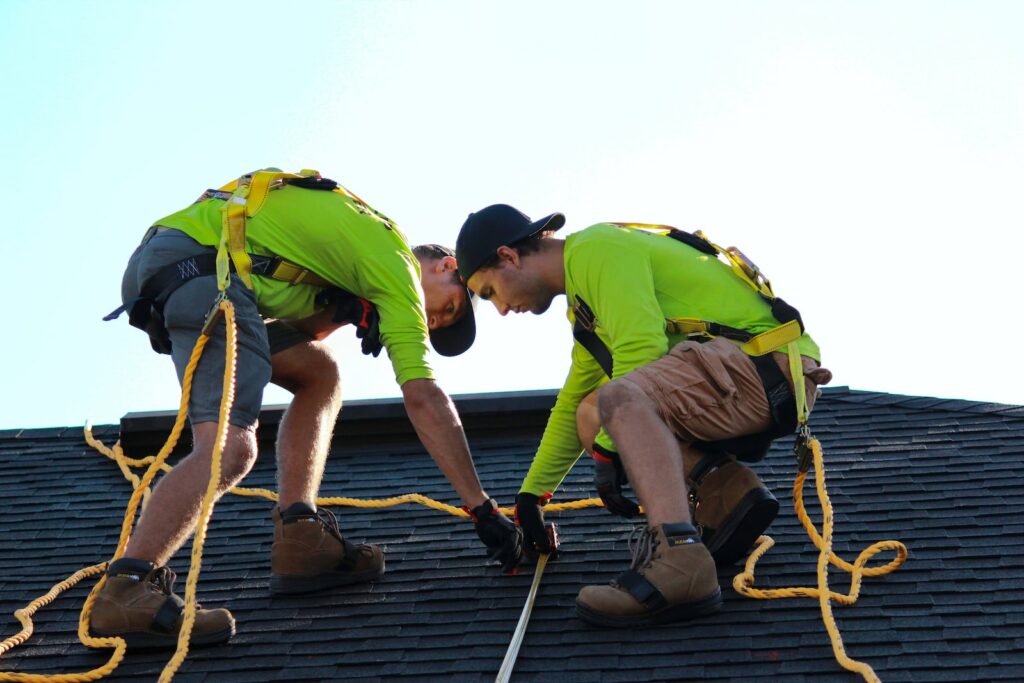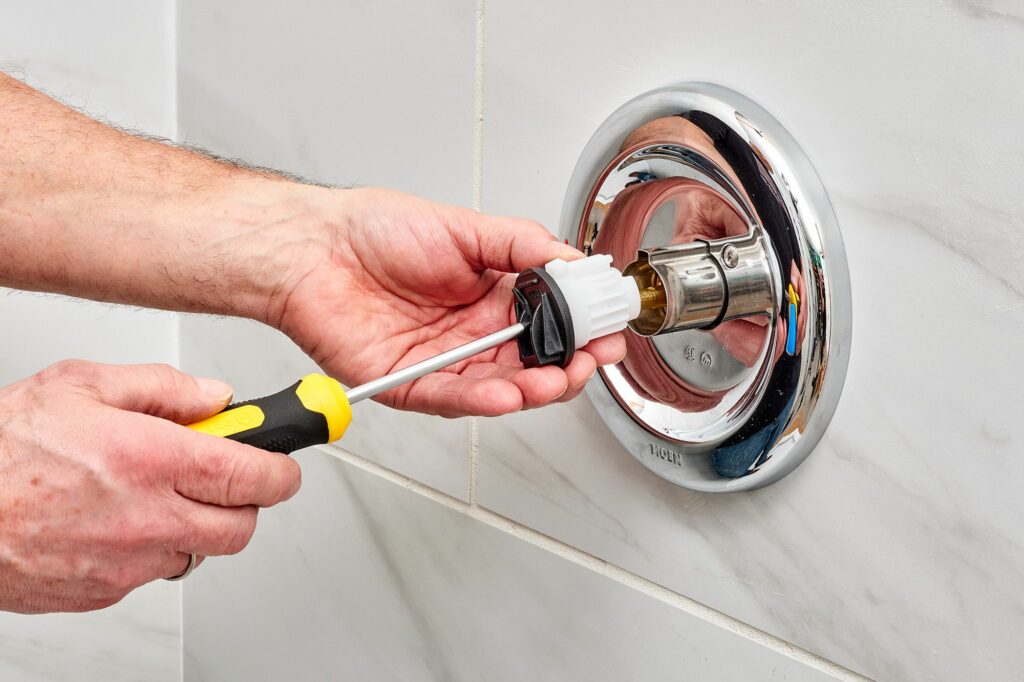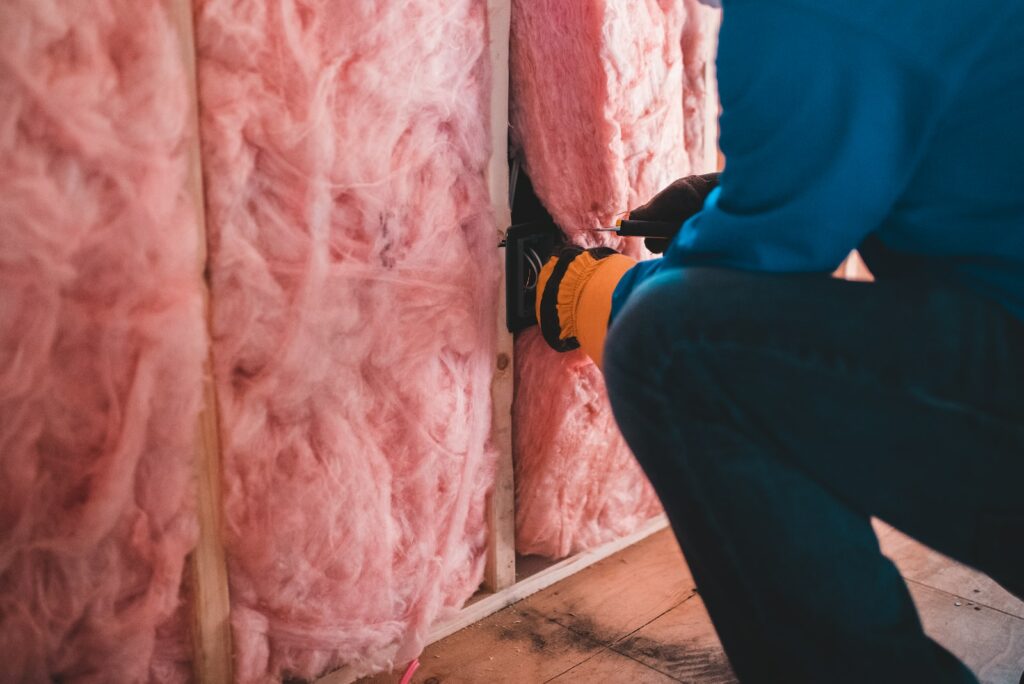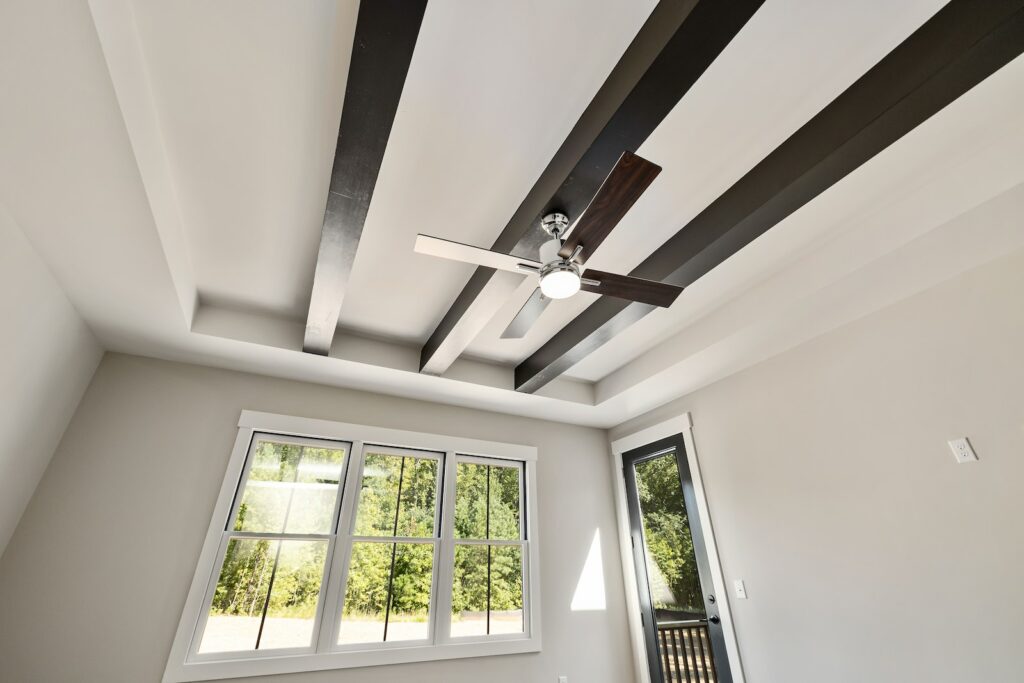A roof is the top of the building. It includes all materials and necessary constructions to support it on the walls of the building, providing protection against rain, snow, sunlight, temperature, and wind. Roofing your home is necessary and mandatory. Changing the roof within a certain time is an essential task. If the question, ‘How to do home roofing by yourself?’ is roaming around your head, then this article is going to solve the problem. So, let’s know all the details about home roofing.
In this article, we are going to discuss the materials and tools needed, the steps of home roofing, and some tips and tricks. It will also include the cautions that should be taken while working.
What are the necessary tools for home roofing?
If you are thinking of roofing your home by yourself, you can’t proceed free hand. You must have some tools which are necessary for home roofing. Here we are mentioning some of them –
- Air compressor
- Air hose
- Chalk gun
- Chalk line
- Circular saw
- Extension ladder
- Roof harness
- Roofing nailer
- Staper
- Tin snips
- Utility knife
- Working gloves
These are the most important tools. Without these things, you cannot complete the home roofing task properly.
What are the required materials for home roofing?
It is necessary to select the materials you need to protect your roof. You have to find out which material you want because the utility of every material is not the same. Here are some necessary things without which you will be able to do home roofing.
- 15 or 30 Felt underlayment.
- Asphalt shingles
- Drip edge
- Hook blades
- Roofing nails
- Sealant
- Self-adhesive waterproof underlayments
- Staples
- Step and dormer flashing
- Valley flashing
- Vent flashing
Try to keep these materials close to your hand at the time of home roofing.
What are the steps of home roofing?
If you want to do the home roofing job properly, you have to be careful because it is not easy to do. Some steps are needed to be followed. I have tried here to describe the work with sequence –
Remove the old roof
It’s totally impossible to install a new roof or underlayment if you don’t tear off the old roof before. When removing the old shingles, ensure to remove all the old nails or pound them flat. Protruding nails will increase the chance of tearing holes in your new shingles.
If you have movable and expensive items near your house, then quickly relocate them. Invest in large traps to protect your plants and landscaping. It will also help to catch the thousands of nails that will rain down off the roof. If you succeed in tearing off the old roof, keep the rendered trash close to the house so it will be easy to toss in the old shingles right from the roof.
Preparing the roof decking
The next task is to prepare the roof for new shingles. Doing this includes removing old shingles and repairing any damaged plywood or rafters. You should apply a quality felt underlayment for added protection. You can’t afford to skip this step. It will be easy to fix up the roof decking when it is already open.
Install the drip edge
Metal drip edge or roofing iron is not required, but it gives roof edges a nice finishing look. It also prevents shingles from curling over the edge and keeps water from running directly down your fascia board. Before installing the underlayment, fasten the drip edge that properly covers the fascia on the eaves.
The total length of the fascia may be not perfectly straight, so don’t go through a line. Just hold the drip edge snug against the fascia and fasten it towards the top into the decking with roofing nails.
Installing new vents
If you want new vents because old ones are damaged, worn or out of date. You may wish to add new vent holes and vents to increase ventilation, which will increase your home’s energy efficiency.
Install roof flashing
Then the roofer will protect the eaves with drip edge flashing and roof valleys with valley flashing and ice and water sheathing. Flashing will be needed closely to chimneys, wood stove pipes, certain vents, and hip roofs.
Roofing cement will be needed to seal the flashing and other leak-prone areas of the roof.
Install starter shingles
An extra layer of shingles, called starter shingles, is typically installed in the edges of the roof. This gives additional strength and protection to your roof when wind, water, and other weather events tend to hit the hardest.
Install roof replacement shingles
It’s time to install the roofing shingles. Start at the prime roofing shingles, starting at the eaves and overlapping all the way to the peaks. Taps must be properly staggered, and nails should be covered by the shingle above. A sticky adhesive seals one layer of the roof to the next one below it.
Putting in the Ridge vent
Specialised Ridge vent shingles should be used to cap the roof’s peak and rake ridges. It is used for overprotection against wind damage at the windiest part of the roof.
Complete cleaning
Lastly, a dumpster and a rolling magnet to pick up and nails in the yard will complete the clean-up process. Your yard must look as clean and professional as your new roof.
Roof painting
Painting your roof will help to reduce heat loss. It will help prevent the growth of moss. Roof tiles are already waterproof. A waterproof roof paint will make extra protection.
Roof iron
Roof iron is not actually iron but the materials actually used is steel alloyed with carbon for strength. It helps you to save your home from a fire attack.
Tips and Cautions of home roofing
- Never dare to do this task if you have a fear of height. You must practice taking a lot of loads and climbing a ladder.
- Leave steeve and high roofs on the professionals because there remains a risk of fall, which may cause death or disability.
- Wet roofs are extremely slippery. Wear shoes with soft rubber soles. It will give you extra traction.
- Keep the roof clean of dirt and debris.
- Every helper on the ground should wear a hard hat. The tools which are used for home roofing are really hard, and a very careful worker can drop a tool off the roof.
So, that was all about home roofing. If you don’t have enough confidence, you should do this work with the suggestion of experts.





















